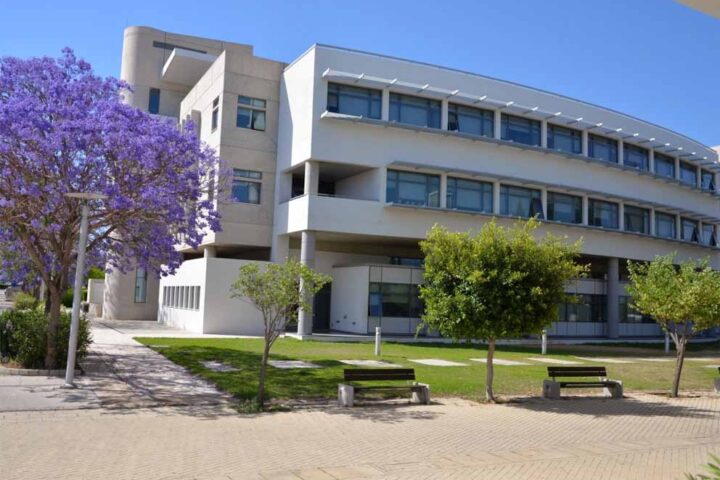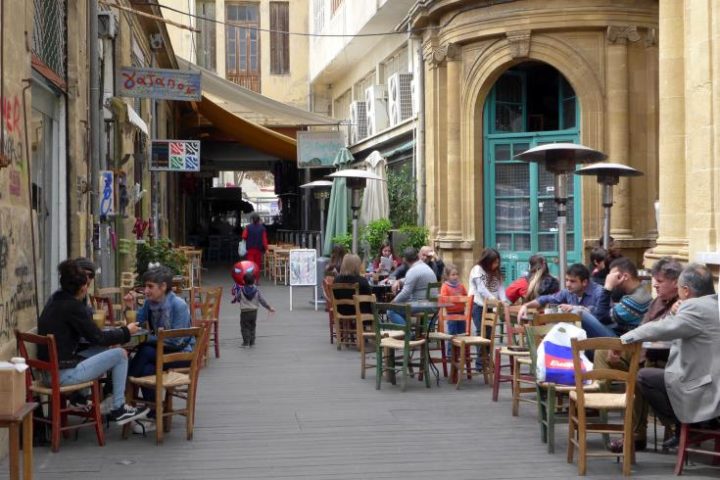 The stock market is proving so difficult to predict right now, it’s almost enough to make you want to turn to drink. Literally. The Wine Spectator Auction Index is at an all-time high and returns can be plentiful if you know what to invest in. Perhaps it’s time to put the cork back in the bottle and turn your hobby into a worthwhile investment.
The stock market is proving so difficult to predict right now, it’s almost enough to make you want to turn to drink. Literally. The Wine Spectator Auction Index is at an all-time high and returns can be plentiful if you know what to invest in. Perhaps it’s time to put the cork back in the bottle and turn your hobby into a worthwhile investment.
Scenting the market
First things first, unless you know your Premier Cru from your Grand Cru, don’t jump right in. Like most niche investments, by the time most of us have heard about them, competition is already rife. The wine market is much more crowded than it was ten years ago.
Be aware that fine and rare wines tend to follow equity prices, and are just as prone to fall in and out of vogue. Wine prices are also influenced by the overall state of the economy.
Having said that, last year $408 million worth of high-end wines were sold at auction. And there are new markets driving prices upwards. Hong Kong removed all taxes on wine and beer almost three years ago, resulting in a boon for sellers. “People who never bought wine are lapping it up,” says Peter D. Meltzer, Wine Spectator’s auction correspondent. “Demand is huge.”
Acquiring your own taste
Once you’ve surveyed the overall market, start doing more detailed research. For this you’ll want to read, read and read again.
If you’ve got the cash to really invest in high-end wines, look at wine indexes and cross-reference against wine auction catalogs, such as Acker Merrall & Condit, Christie’s, Sotheby’s and Zachys.
Restrict any purchases to first-growth, first-tier wines only. “It’s just like art, you have to get the classic,” says David Diesslin, chairman and CEO of financial advisory firm Diesslin & Associates, who keeps about 5,000 bottles in his cellar. That means red Bordeaux and Burgundy varieties from popular, boutique labels.
If you’re not familiar with the top vintages, view charts. The Liv-ex Fine Wine 100 Index, which tracks price changes for 100 of the most sought after wines, rose 192 percent over the past five years as of February.
If you’re going mid-range, buying wine is more akin to picking stocks, says Rick Kahler, president of Kahler Financial Group. He began investing in wine in the early 1990s when he saw some of the Californian Silver Oak wine he was buying at $30 a bottle tripling in value.
For this type of investment, most well known is not always best. Instead, look for a good wine rating either from popular wine writers like Robert Parker, or in magazines such as Wine Spectator, and then find it at the lowest price. “I love Pinots,” says Kahler. “I look for bottles that are under $20 and get an above 90 rating.” One good source for a variety of wine ratings is wine.com.
Diesslin, who’s invested in wine for more than twenty years, is also fond of the hidden gem. “Some of my favorite wines in the cellar are Spanish,” he says, “which I got when no one else was talking about them.” For good value, Diesslin advises to look closely at wines about which critics disagree.
Whatever your level of investment, you will want to buy bottles ‘upon release’ — essentially before they’re readily accessibly on the market.
To ensure getting your cases before everyone else, get on mailing lists of wineries and vineyards. Be aware: some of these already have multi-year waiting lists.
The art of selling your vino
You’ve bought your wine upon release. What’s the next step? If it’s high-end, do not take receipt. Wines hold their greatest value when sent directly to a professional storage facility. “People do not want a wine that’s been shopped around,” says Meltzer. For moderate wines, professional storage isn’t necessary, though you will want an adequate cellar.
When it comes to selling, auctions are usually the best bet for the very finest. If you are a mid-range wine investor, there are bid websites such as WineBid.com, WineCommune and Brentwood Wine Company.
Before you start seeing the dollar signs though, tally up the hidden costs. There are typically sellers fees, called hammer fees, which can reach 15 percent of the sale price.
Then there’s also the cost of insurance and shipping. “Just because you read your wine is going for $500, it doesn’t mean you’ll get all that money,” cautions Kahler, who has invested about $30,000 in wine.
One way to mitigate costs at the mid-range is through cellar-to-buyer transactions that cut out the middlemen. Try your local wine society.
Invest responsibly
Whatever you do, limit exposure to wine in your portfolio. Do not lose sight of the fact that wine is essentially an inefficient market based on a perishable product. Unless you’re a high-end trader or a dealer, you’re unlikely to make vast profits.
“It is not a way to make a lot of money, but it is a way to have fun and subsidize your consumption,” says Diesslin, who estimates the wine in his cellar is now worth five times what it originally cost him.
It’s also important to invest in memories. Jane King, president of Fairfield Financial Advisors, bought her then baby daughter, Caroline, a case of port from Berry Bros and Rudd in 1983.
For her 21st birthday seven years ago, the family traveled to London to pick it up. Half was used at the birthday dinner, with the remaining bottles saved until her wedding day. “She loved it,” says King.
And while King recommends that her clients invest less than 10 percent of their portfolio in wine, she points out there are other rewards aside from cash. “For the most part, it’s like investing in a Broadway show — you probably won’t make a large profit, but you get a front row seat.”







